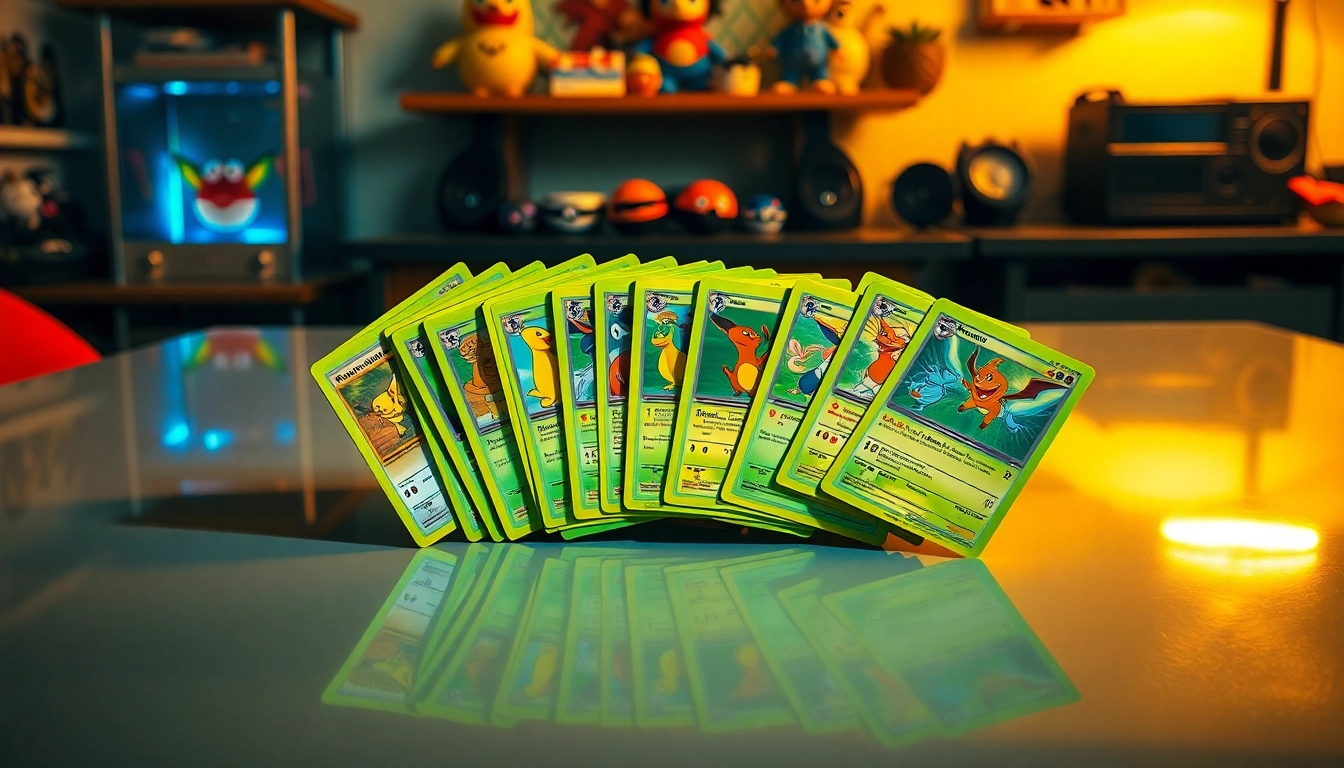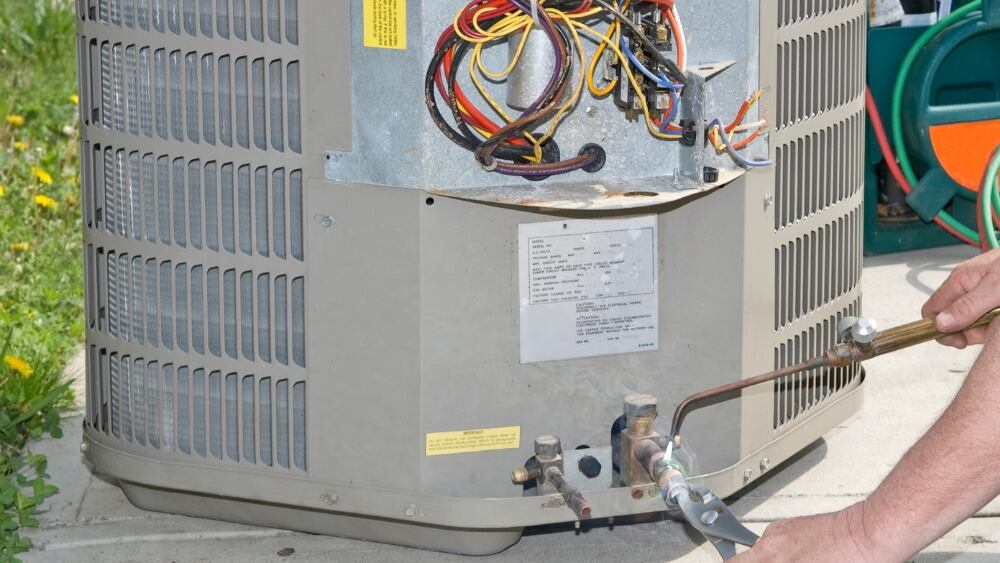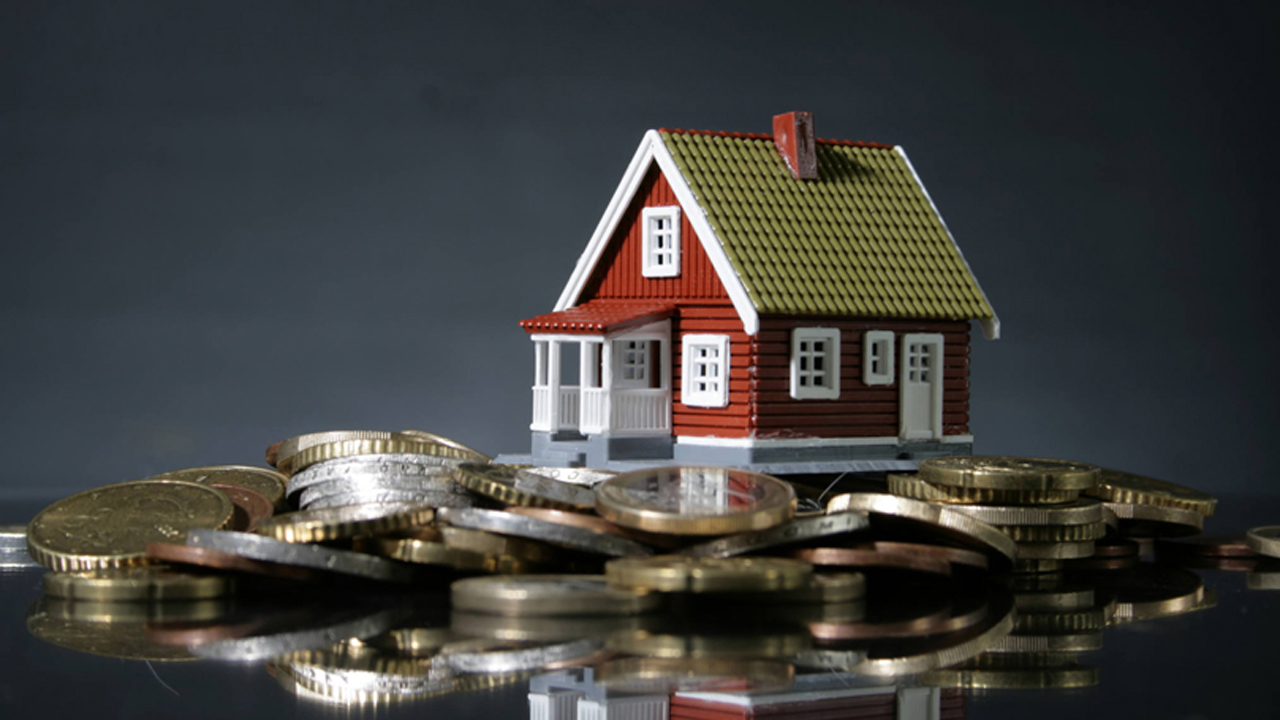Understanding Real Pokemon Cards: What to Look For
As the Pokémon Trading Card Game (TCG) continues to grow in popularity, the market becomes flooded with options, making it increasingly important for collectors and players to identify real pokemon cards. Knowing what to look for can help ensure that you are making legitimate purchases and building a valuable collection. This comprehensive guide explores how to differentiate real cards from counterfeits, offers insight on where to buy authentic cards, and shares tips on maintaining and expanding your collection.
Identifying Unique Features of Real Pokemon Cards
Real Pokémon cards have several distinguishing features that set them apart from fakes. When examining a card, consider the following aspects:
- Card Thickness: Authentic Pokémon cards are made of a specific type of cardstock, giving them a certain heft. Cards that feel too thick or thin may be counterfeit.
- Print Quality: Check the overall print quality. Real cards exhibit sharp images and colors that are vibrant yet specific to their respective sets.
- Holographic Element: Many cards feature a holographic finish. Inspect this closely; genuine holographic cards will have a depth and shine that fakes typically cannot replicate.
- Back of the Card: The back of real Pokémon cards should have a specific shade of blue and feature the emblem correctly positioned. Compare with known authentic cards when possible.
- Texture: Genuine cards have a distinct texture that can often be felt by the touch. Counterfeit cards may feel overly smooth or unusually rough.
Common Signs of Counterfeit Pokemon Cards
In addition to understanding what’s genuine, you should also be aware of the common signs that might indicate a card is fake. Look for the following:
- Color Inconsistencies: Any coloration that seems off or a card that is unevenly shaded can be a red flag.
- Unusual Weight: Fake cards may either be lighter or heavier than real ones due to substandard materials.
- Poor Quality Control: Check for miscuts or imbalances; such flaws are rarely found in authentic Pokémon cards.
- Card Flexibility: When you flex a real card, it snaps back into shape. Fakes may remain warped or flexible.
Expert Tips for Verifying Authenticity
Here are effective strategies from seasoned collectors on how to ensure you are buying real Pokémon cards:
- Use a Loupe: Utilize a magnifying glass to closely inspect the print quality. Authentic cards often have a specific dot pattern that’s easy to identify under magnification.
- Check the Price: If the deal seems too good to be true, it probably is. Be wary of significantly discounted cards from unknown sellers.
- Knowledge of Sets: Familiarize yourself with specific card sets, as this will help you recognize anomalies.
- Involve the Community: Utilize forums and groups dedicated to Pokémon card collecting. Engaging with experienced collectors can provide insights you might not have considered.
Where to Buy Authentic Pokemon Cards: A Comprehensive List
Knowing where to purchase your Pokémon cards is just as important as identifying their authenticity. Buying from reputable sources provides assurance that you’re obtaining real Pokémon cards.
Top Online Retailers for Real Pokemon Cards
Several online retailers are known for selling authentic Pokémon cards. Among the most reliable are:
- Pokémon Center: The official Pokémon website offers a variety of cards, ensuring you receive genuine products.
- Cardmarket: A trusted marketplace in Europe for buying and selling Pokémon cards.
- TCGPlayer: A popular platform among collectors with user ratings that help gauge seller credibility.
- eBay: While eBay can be a mixed bag, purchasing from sellers with high ratings and a solid return policy can lead to positive experiences.
Local Stores to Explore for Authentic Purchases
Brick-and-mortar shops can also be excellent sources for authentic Pokémon cards. Consider visiting:
- Game Stores: Many specialty game shops stock Pokémon cards and often have knowledgeable staff members.
- Comic Shops: Certain comic book stores cater to TCG enthusiasts and may offer both singles and booster packs.
- Toys and Hobby Shops: Stores focusing on children’s toys might carry popular trading card games.
How to Evaluate Online Sellers for Legitimacy
When buying online, take the time to evaluate sellers carefully:
- Check Reviews: Look for feedback and ratings from previous buyers. A seller with a track record of positive reviews is generally more trustworthy.
- Review Return Policies: Authentic retailers will typically have return policies, giving you protection in case the card is not as described.
- Use Payment Methods with Buyer Protection: Payment services like PayPal can offer additional protection if something goes wrong.
Pricing and Value: What You Should Know
Understanding the value of your Pokémon cards is vital for both collectors and players alike. Several factors influence pricing, including rarity, condition, and market demand.
How to Determine the Value of Real Pokemon Cards
Several methods exist for assessing the value of your Pokémon cards:
- Marketplaces: Regularly check platforms like eBay or TCGPlayer for sales data on similar cards to gauge current market values.
- Price Guides: Utilize publications and websites dedicated to Pokémon cards, which list values based on set data.
- Condition Assessment: Evaluate your card using grading standards; cards in mint condition can fetch higher prices than those that are worn.
The Impact of Rarity on Pokemon Card Prices
Rarity plays a significant role in determining a card’s value. Some of the factors contributing to a card’s rarity include:
- Limited Edition Releases: Cards that are part of limited runs or promotional sets are usually more valuable.
- Specific Collectible Types: Rare holographic cards or cards featuring fan-favorite Pokémon often command higher prices.
- Mainstream vs. Niche: Popular cards from mainstream sets will often have a different valuation than niche cards from lesser-known expansions.
Understanding Market Trends for Pokemon Collectibles
Market trends fluctuate based on various factors such as competitive play, nostalgia, and media releases. Here’s how to keep abreast of these trends:
- Follow Social Media: Engage with Pokémon communities on platforms like Reddit and Twitter to gain insights into current trends and pricing.
- Watch Competitive Play: Pay attention to cards that shine in competitive formats; these often rise in value.
- Track New Releases: Keep an eye on new set releases and how they affect older cards’ values.
Maintaining Your Collection: Best Practices
Once you have begun to amass a collection of real Pokémon cards, it’s essential to take steps to maintain the quality and value of your cards over time.
Protecting Your Real Pokemon Cards from Damage
Protect your cards through careful handling and storage practices:
- Use Sleeves: Invest in high-quality card sleeves to protect against fingerprints, dust, and potential scratches.
- Be Mindful of Humidity: Store your cards in a climate-controlled environment to avoid warping or moisture damage.
Optimal Storage Solutions for Card Preservation
Optimal storage is crucial for long-term preservation:
- Binders: Organized binders can store and display cards safely without exposing them to elements.
- Toploaders: For valuable cards, toploaders provide added security against bending and mishandling.
Cleaning and Caring for Your Pokemon Cards
Regular maintenance can keep your cards in pristine condition:
- Gentle Cleaning: Use a soft, lint-free cloth to remove any dust or dirt carefully.
- Avoid Chemicals: Steer clear of any cleaning supplies that could damage the card’s surface.
Building and Expanding Your Deck with Real Pokemon Cards
As you become more involved with the Pokémon TCG, expanding your collection to enhance your gameplay experience will become necessary.
Incorporating Real Pokemon Cards into Your Gameplay
Building a deck using real Pokémon cards requires understanding the game mechanics:
- Card Synergy: Choose cards that work well together strategically and complement each other’s strengths.
- Keep an Eye on Meta: Follow current competitive trends to adjust your deck based on the top-performing cards.
Recommendations for Expanding Your Pokemon Card Collection
To effectively expand your collection:
- Booster Packs: Purchase booster packs as they contain a random assortment of cards, including chances for rare finds.
- Participate in Trading Events: Embrace community events–trading cards with others can fill gaps in your collection and introduce you to new strategies.
Joining Communities for Trading and Sharing Tips
Being part of a community can enhance your Pokémon card experience:
- Online Forums: Websites like Reddit provide forums dedicated to Pokémon card collecting where you can share tips and trade cards.
- Local Clubs: Seek out local gaming clubs where you can meet fellow enthusiasts and trade cards in person.



